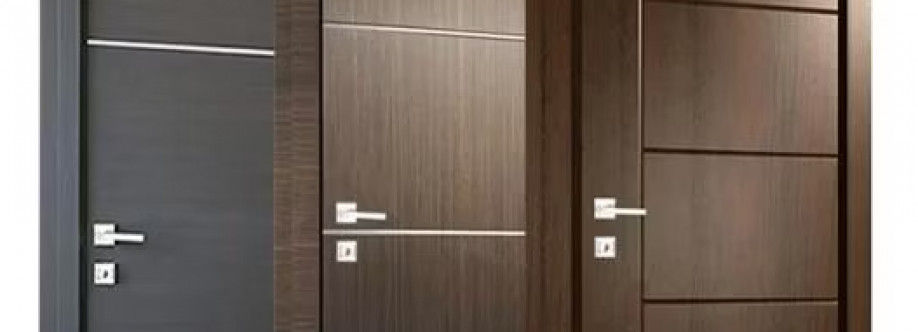Haibo crafts everything from chic PVC and WPC interior doors to elegant solid wood options using advanced German & Italian machinery
#haibohome #interiordesign #woodendoorfactory

Jun
How Grain and Texture Define Wooden Door Style
Wood has always had a timeless appeal in home interiors. Its texture, warmth, and natural imperfections bring depth and character to any space. Among the many choices available today, wooden doors remain a top pick—not only for their durability but for the charm their textures add to different home styles. As highlighted by an experienced Wooden Door Factory , the choice of texture plays a central role in both visual impact and overall ambiance.
The texture of a wooden door is more than just a surface detail; it's a design element in its own right. Grain direction, depth, and finish all influence how light interacts with the door. For example, vertical grain patterns can elongate the appearance of a door and make ceilings seem higher. Horizontal grains create a more contemporary, grounded feeling. Meanwhile, rougher textures like hand-scraped or wire-brushed finishes give a rustic, lived-in look that pairs beautifully with country or industrial interiors.
Different types of wood also contribute unique textures. Oak, known for its pronounced grain, delivers a bold, natural statement. Walnut has a finer, smoother texture that feels elegant and warm. Pine, being softer, may show more natural knots and marks—perfect for creating a cozy, casual environment. A skilled wooden door factory will typically offer multiple wood species and allow clients to select finishes that match their interior vision.
Matte finishes emphasize natural grain and offer a soft, organic appearance. Glossy finishes, on the other hand, reflect light and highlight the texture in a more dramatic way, making them suitable for more formal or modern settings. Some homeowners prefer stained finishes that deepen the grain contrast, while others choose paint to unify the texture with wall tones. The goal is always to harmonize with the surrounding décor.
Importantly, textured wooden doors are not just about looks—they’re also practical. Natural grains and finishes can help hide minor scratches or wear over time, which is especially beneficial in high-traffic areas. Unlike ultra-smooth synthetic materials, wooden doors develop a patina, aging gracefully and adding character rather than showing decline.
In bedrooms, softer grain patterns and warm finishes promote relaxation. In living rooms or entryways, bold textures can act as a focal point. Even in minimalist spaces, the right wooden door texture brings visual interest without clutter. Whether you're renovating a single room or redesigning an entire home, selecting the right wood texture can make a quiet but powerful statement.
For those looking to explore the full range of textures and styles, a dedicated wooden door collection is available at https://www.haibodoor.com/product/, where craftsmanship and surface design go hand in hand.